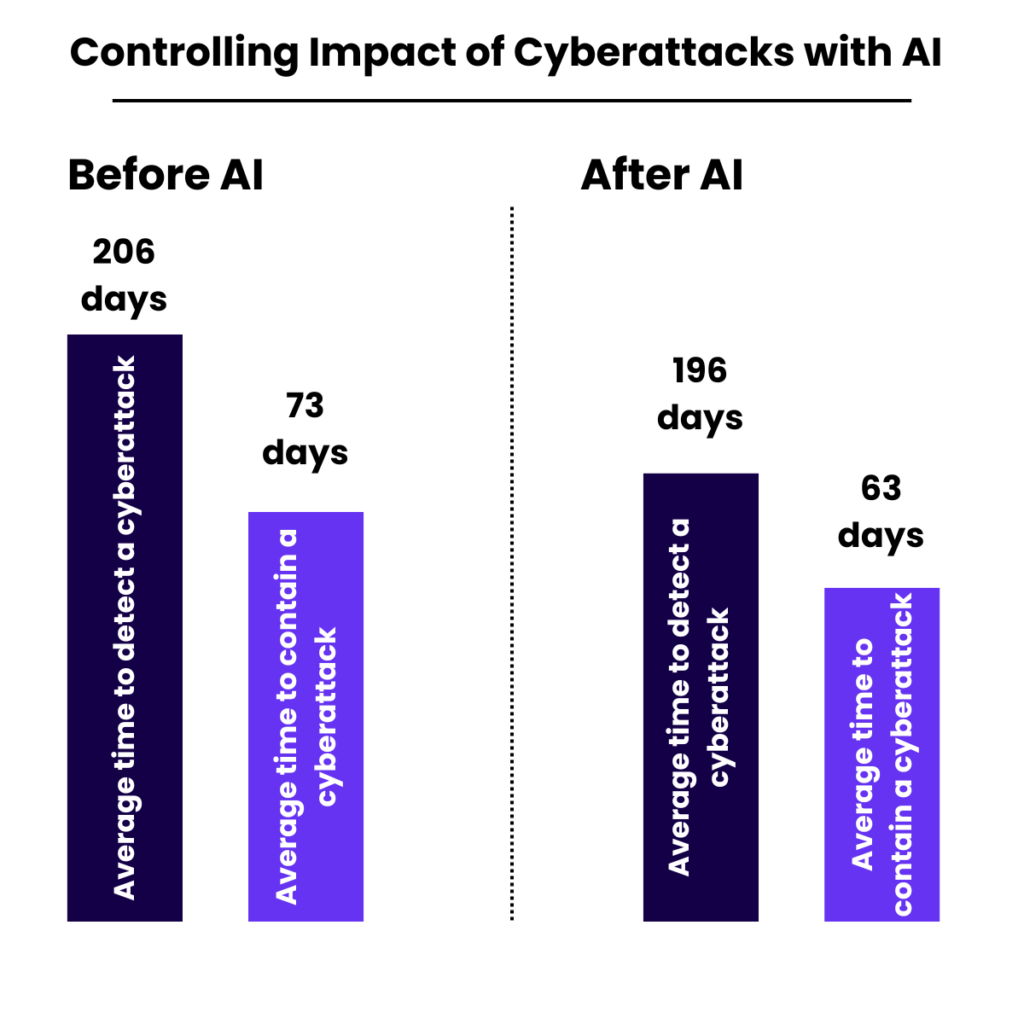
Individuals and governments gasp for privacy. With cybercrimes on the rise, do you let Artificial Intelligence do the bidding?
There is a new app in the block and people in your circle can’t seem to get enough of it. They say it is a great place to get your mind off of work. You, desperately in need of a detox (or distraction), try the app out.
“App X would like to access your photos”
Sure.
“Allow X to access your microphone”
Why not?
After a few more yes’s and allow’s, you are good to go.
It has been some time, and downloading X has been a job well done. You keep up with the office chatter and make some time for yourself (Or do you?).
You are not different than anybody else. We are all caught up in work and some recreation never hurt anyone. However, the apps we use might have malicious intentions to realize. The few permissions you and I dismiss as innocent might help them tap into our lives. And believe it or not, our phones have seen more of us than our family and friends.
Are we letting someone sneak into our lives?
You and I are constantly under the scanner of data muggers. How come, you ask? Can you not just undo the invasive permissions and relax? Well, people tried.
In 2022, the Federal Trade Commission (FTC) fined Google $22.5 million for misleading users about how it collected and used their location data.
They found that Google had represented to users that they could prevent their location data from being saved to their Google Account by turning off the “Location History” setting. However, even when this setting was turned off, Google continued to collect and store location data from users’ devices.
Google wasn’t the only one playing foul with sensitive information.
In 2020, Zoom was caught giving data to third parties without users’ knowledge.
It was transmitting data users’ meetings to a system that matched individuals with their LinkedIn profiles. Zoom later apologized for the incident and said that it had stopped sharing data with third parties without users’ consent.
With all your friends turning foes, who do you trust?
More powerful players are now sniffing out your data. In January 2023, T-Mobile announced that it had been hacked and that the personal data of over 50 million customers had been compromised. The hack included names, addresses, Social Security numbers, and driver’s license numbers.
If you think it is only data that is under threat, you have been mistaken.
When the Colonial Pipeline was hacked by a ransomware group called DarkSide, several southeastern states of the US were left without gasoline for days.
The dangers have seeped past individuals. Privacy and cybersecurity are now national concerns.
Have the best of the world of technology and corporate at your fingertips.
To counter the technical prowess of data thieves and regulate their activities, government watchdogs are holding onto Artificial Intelligence (AI). Companies have long identified this grey area and started offering AI-powered cybersecurity solutions.
By AI-proofing firewalls, Palo Alto Networks can block and detect suspicious activities. Similar is the approach of DarkTrace. It analyzes user traffic and user behavior to identify suspicious activity. Leveraging machine learning (ML) comes another player. This time it is CrowdStrike. CrowdStrike identifies and blocks malware to protect organizations from cyberattacks.
Following suit, governments have taken the onus on themselves to provide AI-powered protection to its citizens.
The United States Department of Homeland Security (DHS) is using AI to detect and respond to cyberattacks.
Its AI-powered tool called Automated Indicator Sharing (AIS) allows DHS to share indicators of compromise (IOCs) with other organizations, which can help to prevent cyberattacks.

AI is not here to replace traditional systems. It is here to complement their functions.
Traditional security measures are still game. We cannot do away with strong passwords, firewalls and antivirus softwares. AI only adds an additional sheath to a guarded ecosystem.
With AI at hand, security tasks such as vulnerability scanning and patch management can be automated. This can help free up human resources so that they can focus on more strategic security tasks.
As AI continues to develop, more gaps in the cybersecurity landscape can be bridged. We can expect to see even more innovative ways to use AI to protect our systems and data from attack, before we know it.